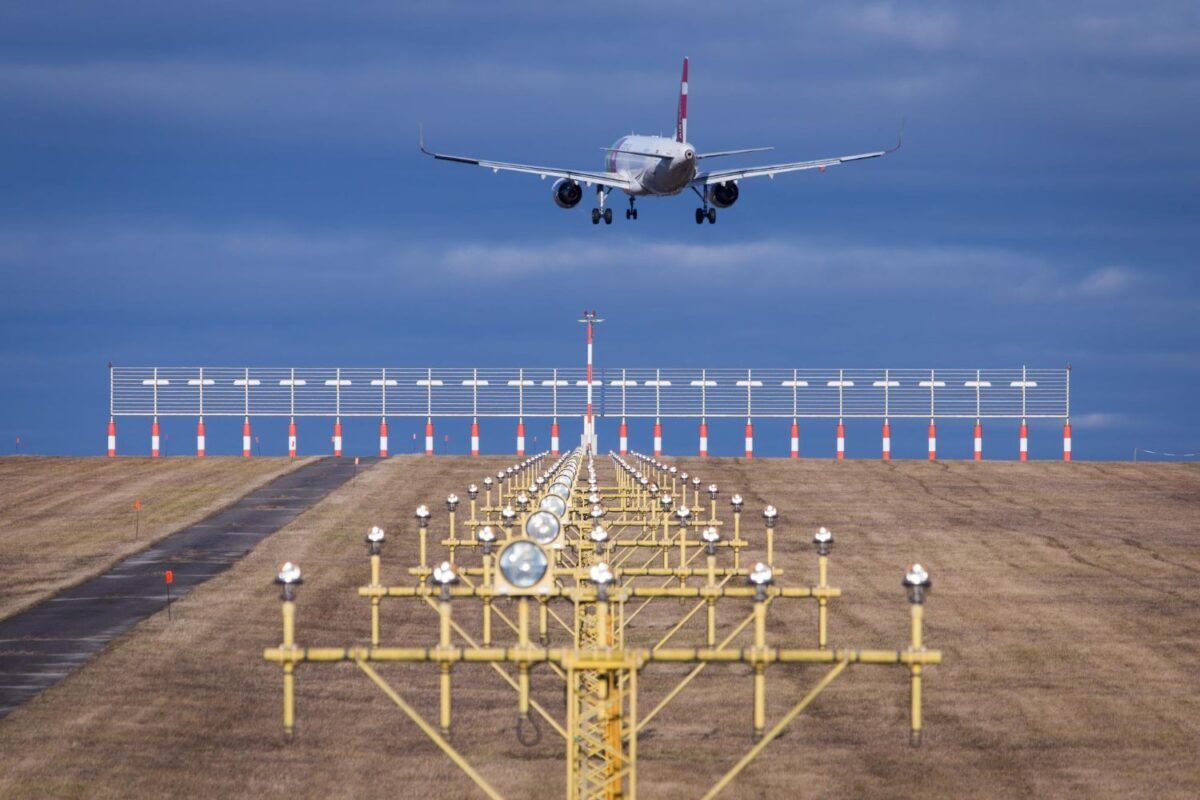With the gradual restarting of passenger air transport in the coming weeks, leaders from over a dozen air transport associations1 representing Europe’s aviation sector today issued an urgent call for EU leaders to prioritise specific decarbonisation initiatives in their allocation of future COVID-19 recovery funding.
European aviation continues to reel from the sudden collapse of the air transport system over the last months and is amongst the sectors most heavily impacted. But these challenges are compounded by the need to meet ambitious climate change goals going forward. Ensuring an accelerated deployment of existing decarbonisation solutions and adequate investments to bring new technologies forward will be key – investments which should be at the heart of the EU’s COVID-19 recovery strategy. In the meantime, existing financial instruments, such as loans, could also be made available to provide urgent relief.
Europe’s aviation sector is committed to contributing to the recovery of European economies in line with the Green Deal objectives, and to the benefit of all. The sector therefore calls on policymakers to include smart measures to support Europe’s civil aviation sector during its recovery. This requires ensuring that aviation climate action is eligible for funding under the mechanisms foreseen by the proposal Next Generation EU and the new Multi-annual Financial Framework (MFF).
ERA’s Director General, Montserrat Barriga commented: “Economic recovery and the ambitious decarbonisation agenda need to go hand in hand. Aviation is a catalyst for growth and businesses in Europe, and at the same time it is essential that the sector meets its sustainability targets. As such, the European recovery funds need to be allocated to support the right policy, research and economic measures for the aviation sector, to ensure a quick and sustainable recovery of Europe after the COVID-19 crisis.”
A combination of public and private investment is necessary to allow air transport leaders to speed up work to decarbonise the sector – in line with the EU goal of climate neutrality by 2050. Specific proposals include:
- Boosting the production and uptake of Sustainable Aviation Fuels (SAFs) in Europe through a dedicated and stable set of policy measures and public investment plans. Such measures would notably be welcomed within the ReFuel EU Aviation-Sustainable Aviation Fuels initiative and include:
• Direct capital investment (or ownership) in SAF production facilities, enabling the necessary de-risking required to debt finance projects as well as the execution of off-take contracts with aircraft operators.
• Making Europe the centre of excellence for the development and production of SAFs through the construction and funding of commercial scale SAF projects from globally approved technology pathways. - Implement a green incentive scheme for airlines and aircraft operators to replace older aircraft (fixed wing and helicopters) with more modern and environmentally-friendly aircraft. Use public funds dedicated to the recovery to provide such incentives to aircraft operators. On average, new aircraft models are 20 per cent to 25 per cent more fuel efficient and produce less noise compared to previous generations. Such an incentive scheme would speed up the green transition towards the EU’s shorter-term ambition of 2030.
- Increase public funding and public co-funding rates for Civil Aviation Research and Innovation (Clean Aviation and SESAR): use resources from the recovery funds to inject additional capital beyond the amount that will be provided through the MFF and Horizon Europe, in particular. European disruptive technologies and innovative fuels, including hydrogen, can generate deep and long-term emissions reductions towards the EU’s Climate Neutrality in 2050.
- Continued investment in the European Air Traffic Management system (ATM): enhance the benefits of the Single European Sky and temporarily provide 100 per cent public funding for the deployment of SESAR technologies with proven sustainable and environmental benefits. Such funds should benefit all stakeholders that will need to contribute to the deployment of new technologies, including airports, airspace users and air navigation service providers.
- Investment in sustainable airport and heliport infrastructure: ensure funding eligibility of projects related to energy efficiency, renewable energy and electrification (for example improving the energy efficiency of terminal buildings, renewable energy generation on site, supply of electrical ground power to aircraft on stand, electrification of ground vehicle fleets and so on).









